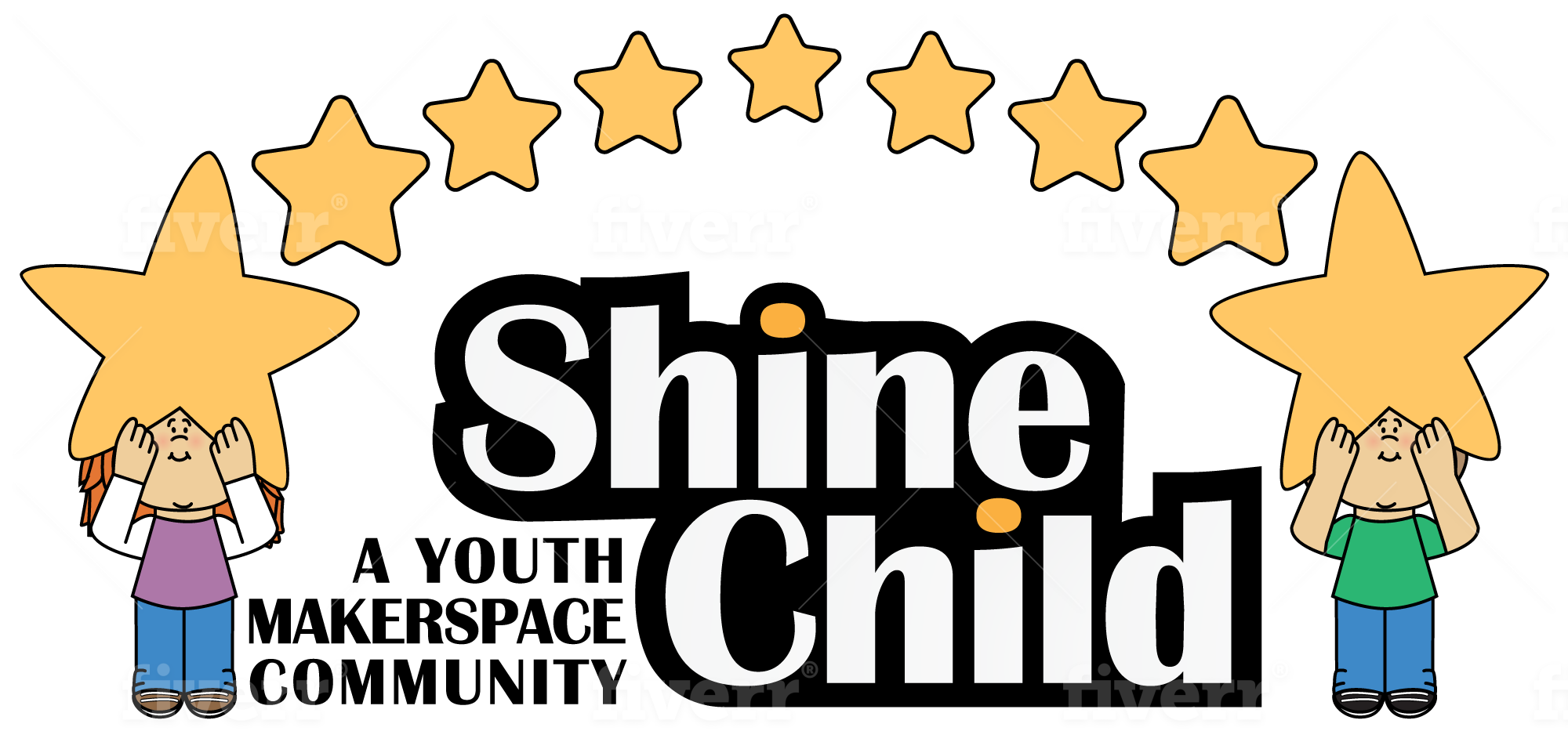By definition, makerspace is a site where you find materials and tools that can be used for designing, creating, tinkering and inventing. In simpler terms, it helps children, communities and individuals make something interesting.
A lot of people relate makerspaces with complicated tools and studies. This is a big mistake. You don’t need powerful equipment or fancy tools to build a makerspace. Instead, it is a place that can be laid using tape and paper. (Try to remember your childhood with tinkering area or a pop-up play center).
Building a makerspace for elementary kids is quite simple. After all, children are great in taking challenges, and are natural innovators.
How to build a makerspace in elementary schools?
As mentioned previously, you don’t require large tools or expensive gears to build a makerspace. These are not the primary criteria for an active and an engaging makerspace. Instead, the place has to be led by children. It should allow the little ones to think open minded. As a result, they would engage in deep learning and come up with interesting creations. Most of the time, makerspaces in elementary schools begin with traditional calculators, building blocks, thick cardboard boxes and old computers (without electricity)!
The Right Array of Things
Though the makerspace doesn’t stress on experience things, it does require an array of materials. Basic tools and materials that can serve as a foundation for your child’s learning.
Things like empty tissue boxes, silo cups, towel rolls, cardboard boxes (varies sizes and shapes), hand drill, pieces of wood, water bottle caps, writing tools, papers, clipboards, tape and cutting tools can be used to build a great makerspace for kids at an elementary school. Of course, you must not forget the foils, glue sticks, buttons, markets, nuts, metal pieces, wires, bolts, screws and cereal boxes! Each of these items can make your children think differently and stay innovative.
The Shine Child Program
The STE(A)M education program is now lacking in most school systems. Schools stress on tests and better grades. Unfortunately, this doesn’t help children in the long run. That is why you need an ideal STE(A)M program. The STE(A)M curriculum is a renowned Shine Child Program. It helps children experience science, technology and math in a different way. This Shine Child Program has robotic teams, engineering clubs, mine craft activities and workshops that teach children a broad range of topics.
